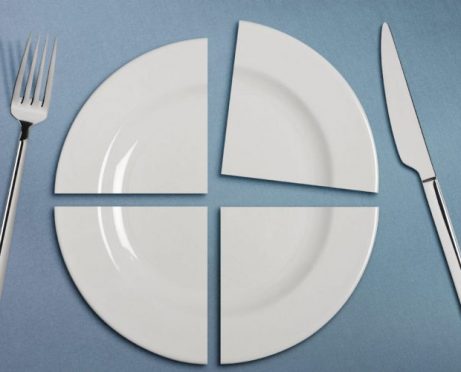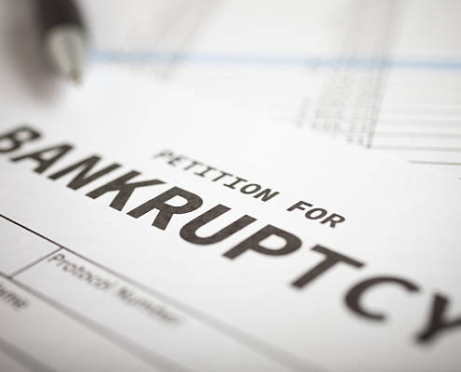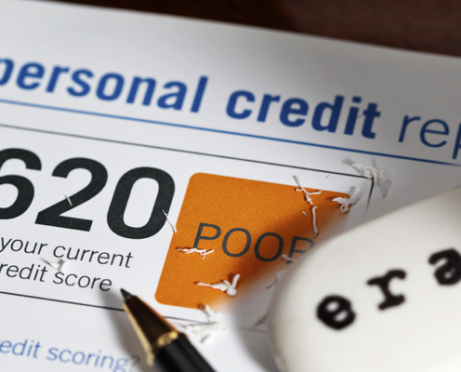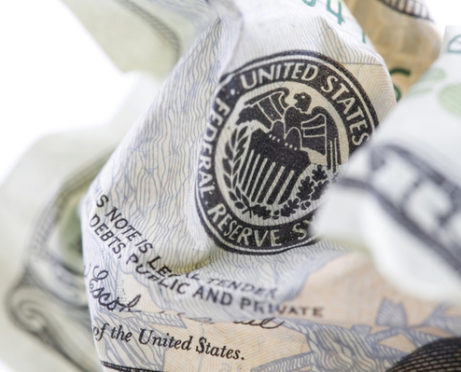Let me quote some shameful stats first:
According to a 2014 survey by the Food Research and Action Center, “[Two] out of five Americans have either experienced hunger in the past year or personally know someone who has – that includes nearly half of people aged 18 to 34.
The widespread use of food pantries
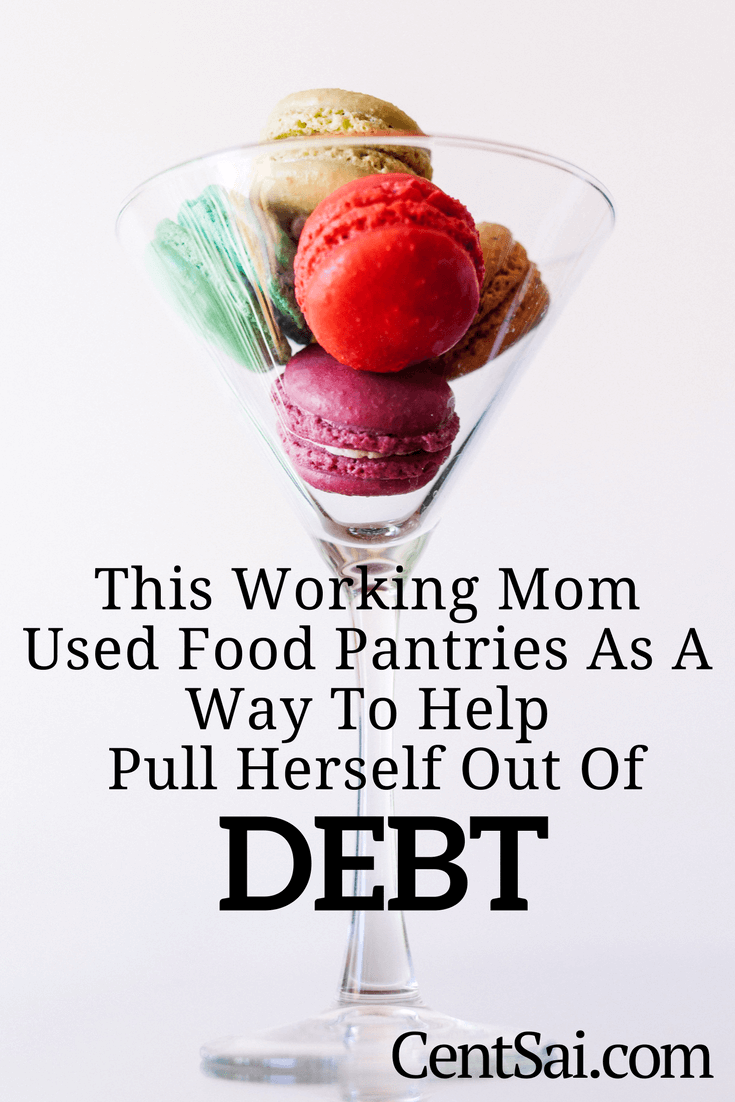
“Nearly three in 10 Americans (and half of millennials) say that either they or a member of their immediate family have used government food assistance programs in the past couple of years. That includes at least 25 percent of nearly every major demographic subgroup.”
This App Makes Managing Your Monthly Expenses Easy — Start Budgeting Today >>
Since it is such a widespread problem, there shouldn’t be any shame in making use of the various options out there for hungry people.
What I want to explore here is not just how to eat for free, but how to do it so that it fills your stomach and frees up your mind to plan ahead.
Prior to moving to Oberlin, Ohio, I never used a food pantry. I took a job at the local service agency where their primary goal is to end hunger in the community. As the food coordinator gave a tour of their “choice” pantry, I noticed how much it resembled a grocery store.
Bins full of fresh produce added color to the shelves of bread, canned goods, and grains. We headed back to the warehouse and went to the walk-in refrigerator where they stored extra produce and eggs that are often donated from local farms. We then moved over to another walk-in freezer that stored all of the meat.
The majority of the pantries in the U.S. are government-funded, with some assistance from individuals and community organizations.
The pantries might not look like a Whole Foods aisle, but they are stacked with low-cost-but-nutritious items like oatmeal and grits.
Start Managing Your Finances — Download This Personal Finance App >>
The ‘Good and Cheap' cookbook
Leanne Brown, a food studies scholar, recently wrote a cookbook titled Good and Cheap (available as a free download).
I would never have considered making a savory breakfast using grits and eggs without this cookbook. The cookbook is based on the idea of spending four dollars a day for each person in the household – or $120 per person each month.
That’s low, but still out of range for someone who goes to a food pantry where they can get oatmeal, grits, eggs, bread, and other items for free.
My employment with the community center was through the AmeriCorps VISTA program, and my income was small. I used the pantry with the hope that by not spending money on food, I would have extra money to pay for other necessities and utilities. I would visit the pantry on days when I intended to go grocery shopping to save myself from my buying things that I could get for free.
The pantry I used always had canned goods, beans, oatmeal, meat, eggs, and fresh produce.
I was always treated with respect, and the idea of treating the pantry like a store allowed people like me to have our dignity while “shopping.”
On average, I must’ve saved $20 to $40 per month. (I was not entirely dependent on the pantry for my sustenance.) And I was able to use that extra money to pay down a credit card that I had maxed out the year prior.
Need to Repair Your Credit? Get a Free Consultation — Visit Site >>
Using pantries as a financial strategy
I had to be very intentional about the money I was saving – I would budget for my groceries at the beginning of the month with the thought that I would not get anything from the pantry. When I would find things I needed or things that I was able to substitute at the pantry, I would highlight it on my list.
When I went to the store, I would write down the price of each item next to it so that I could add everything all up when I returned home.
Whatever I saved from not purchasing an item, I would pay that extra amount towards my credit card bill. You do need to be deliberate and intentional for this to be an effective way to pay down debt or add to savings. If you aren’t, you can easily spend the money on other things.
I’m not recommending this as a long-term solution. But in hard times, there is wisdom in going on a free food diet for a few months – just until you can get back the earning potential you lost.




